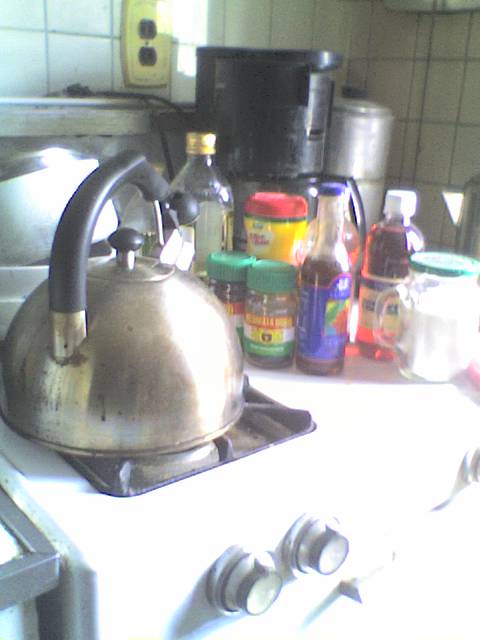Nigerian cuisine is as multifaceted and diverse as the nation itself. There is street food, and celebration dinners.All reflect the country's different groups and history. It is history full of flavor and taste.
Recipe writer and Nigerian born Yewande Komolafe wrote an interesting and extensive article - really a guide - in today's New York Times Food section. It has every aspect of Nigerian cooking and it's exciting to read it. Chef Komolafe has been here since she arrived at the age of sixteen, bewildered by such American staples as fried chicken sandwiches and the classic Slushie. She has created and cooked in such prestigious restaurants as Momofuko Milk Bar as well as testing recipes for The James Beard Foundation and Bon Appetit magazine. She had been questioning whose culture was being reflected in her cooking. She realized she hadn't included her heritage. That's changed. She shows us how truly dimensional Nigerian cooking is. The country is three times the size of Italy and has just as many different cuisines. The dishes in the north is influenced by the availability of cattle and other livestock. Coastal regions are more into seafood than their inland counterparts who prefer smoked or dried fish. Red palm oil is a staple in the south. The dishes featured are from the country's southwest where she's from. Some of the ingredients such as selim pepper, calabash nutmeg and uziza seeds may be hard to find but you can find most of them on Amazon.Make it now to combat the heat.
The recipes are just plain exciting. There are so many I'd like to try. What is surprising is that she doesn't include fufu, a staple like rice in many central African cuisines.It may be because she included the recipe for jollof rice which could be made as a side or as a main. The recipe includes a Nigerian basic obe ata which is a kind of spicy tomato - pepper sauce spiked with ginger and a
habanero pepper. Keep in mind that this sauce can also be used in the braised goat leg recipe. Braising is quite common in the cuisine. The meat usually comes bone in and skin on. Goat is the most used in stews however Nigerian home chefs also use beef pork chicken or fish when available.If you can't find goat then use lamb,beef or pork cubes. As a side you could use Chef Komolafe's Umani Rich greens recipe. This is sort of like the Caribbean and Southern callaloo recipe. Again obe ata is the base while amaranth greens or mature spinach is cooked with dried crayfish and green peppers. She also includes street food - beef suya - which is generously seasoned thin strips of meat. What gives them their kick is yaji a dry rub mix of ground ginger , cayenne and roasted peanut powder. Tomato slices and raw onion is added to it in its' newspaper wrap. Another recipe is the pepper soup, rich with fish such as mackerel , red snapper and black bass. Exotic and familiar spices are added to it for kick and heat.
Nigerian cooking is as diverse as the country itself.Try any of Chef Komolafe's recipes and experience the rich variety of flavors and textures. It is a trip into a diversity of different veggies and meats blended with an array of exciting spices.
Wednesday, June 26, 2019
The May Facets Of Nigerian Cooking
Subscribe to:
Post Comments (Atom)




No comments:
Post a Comment